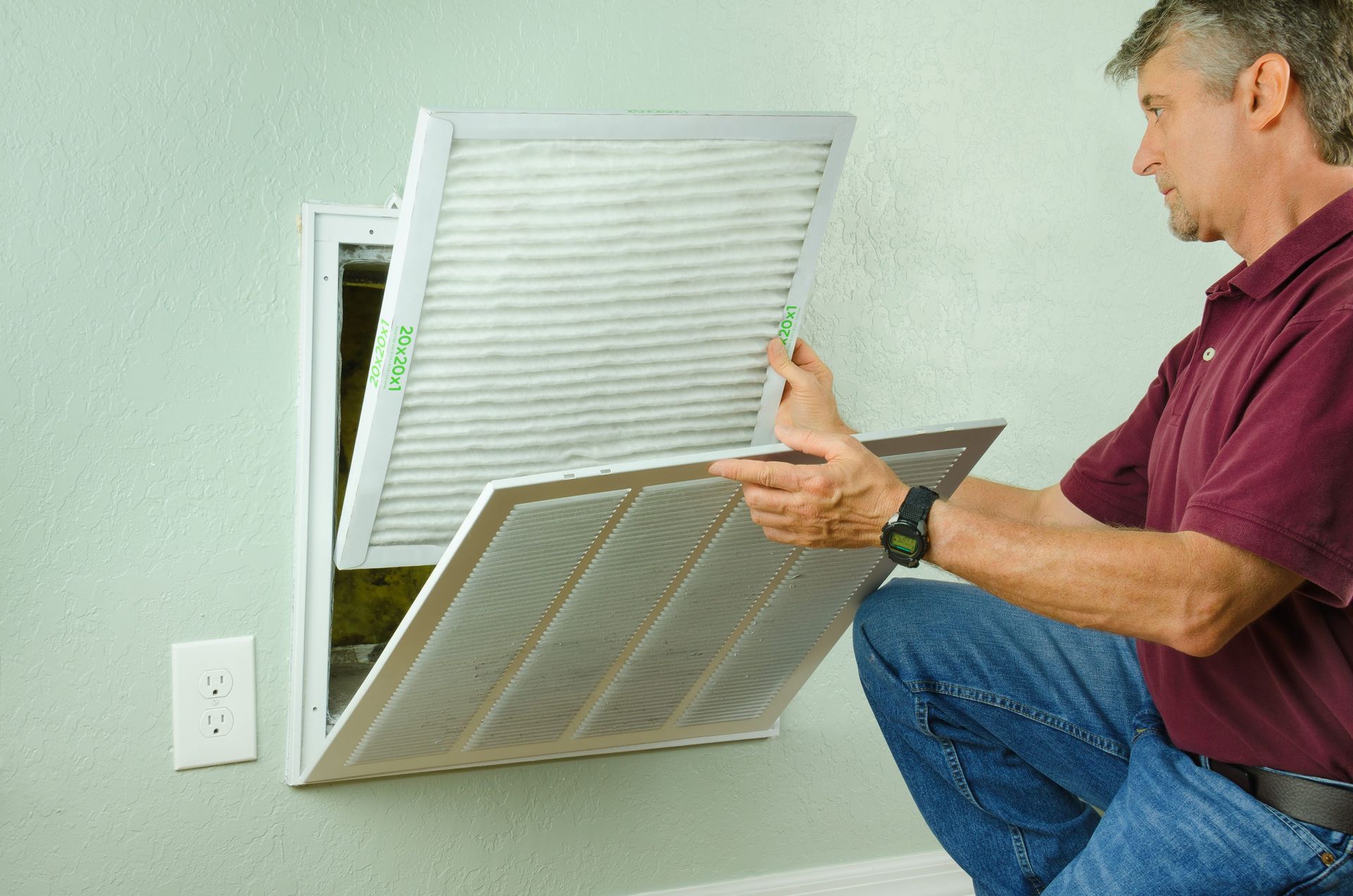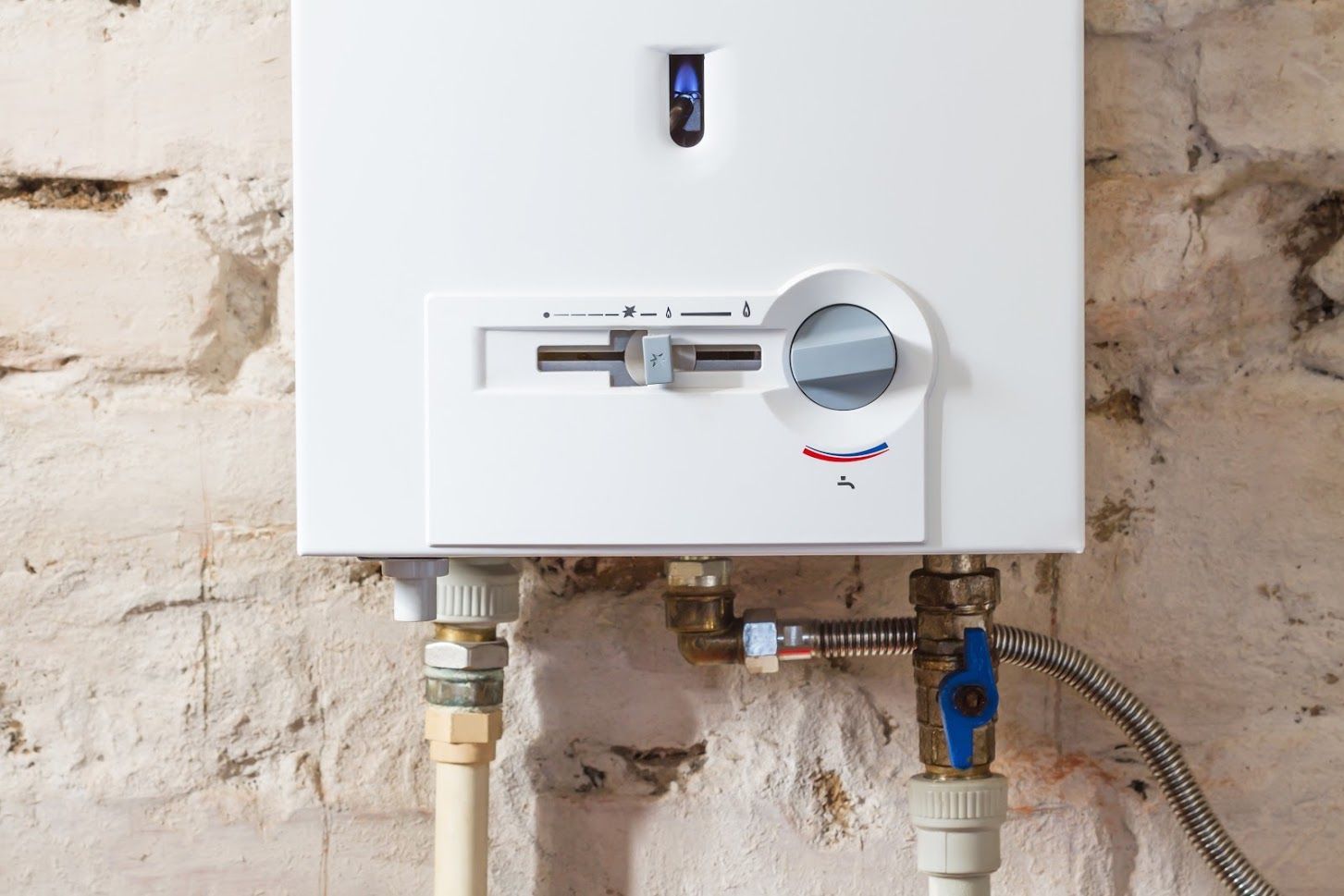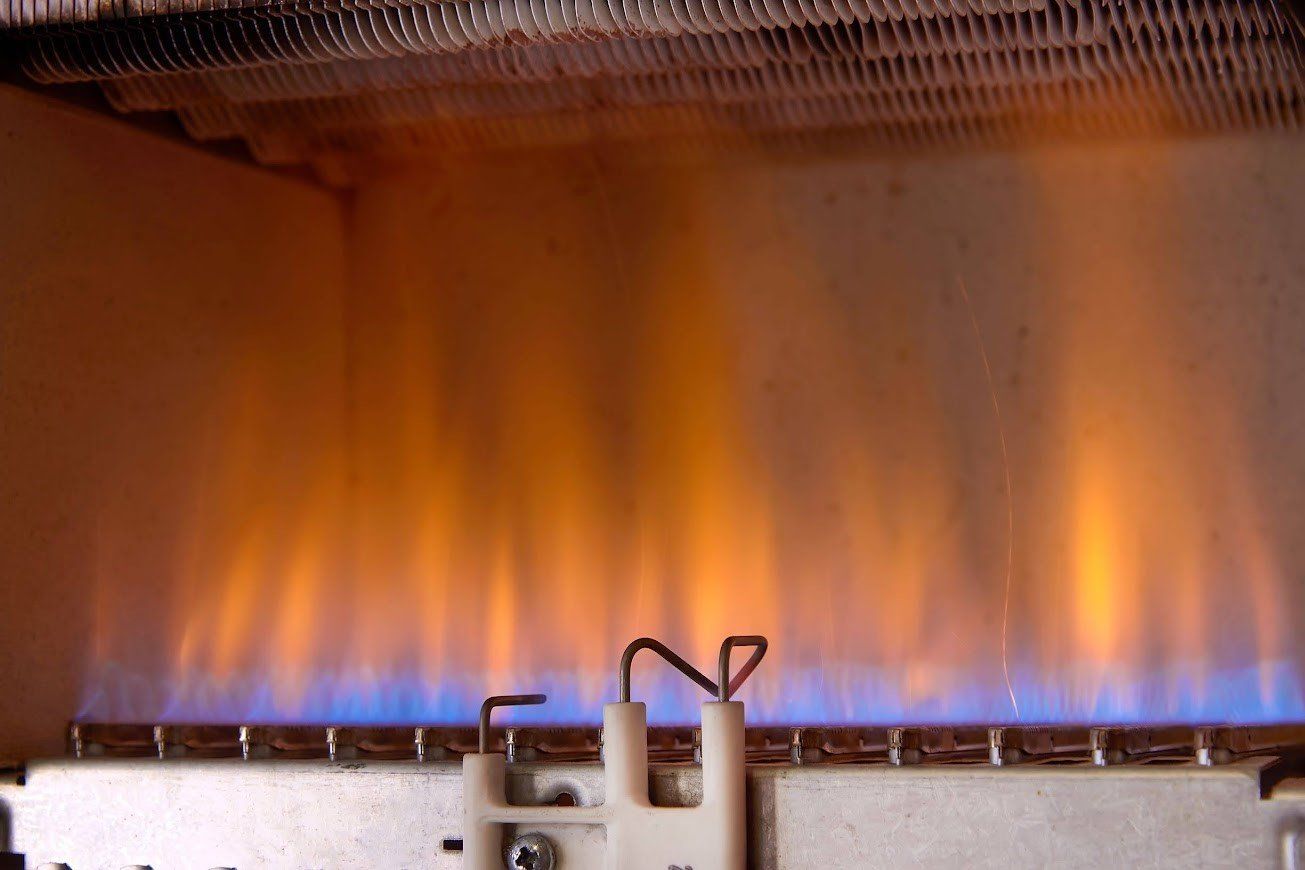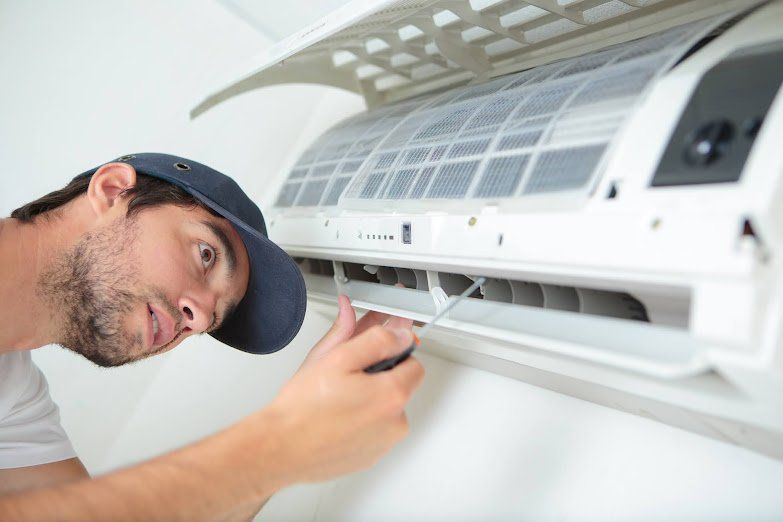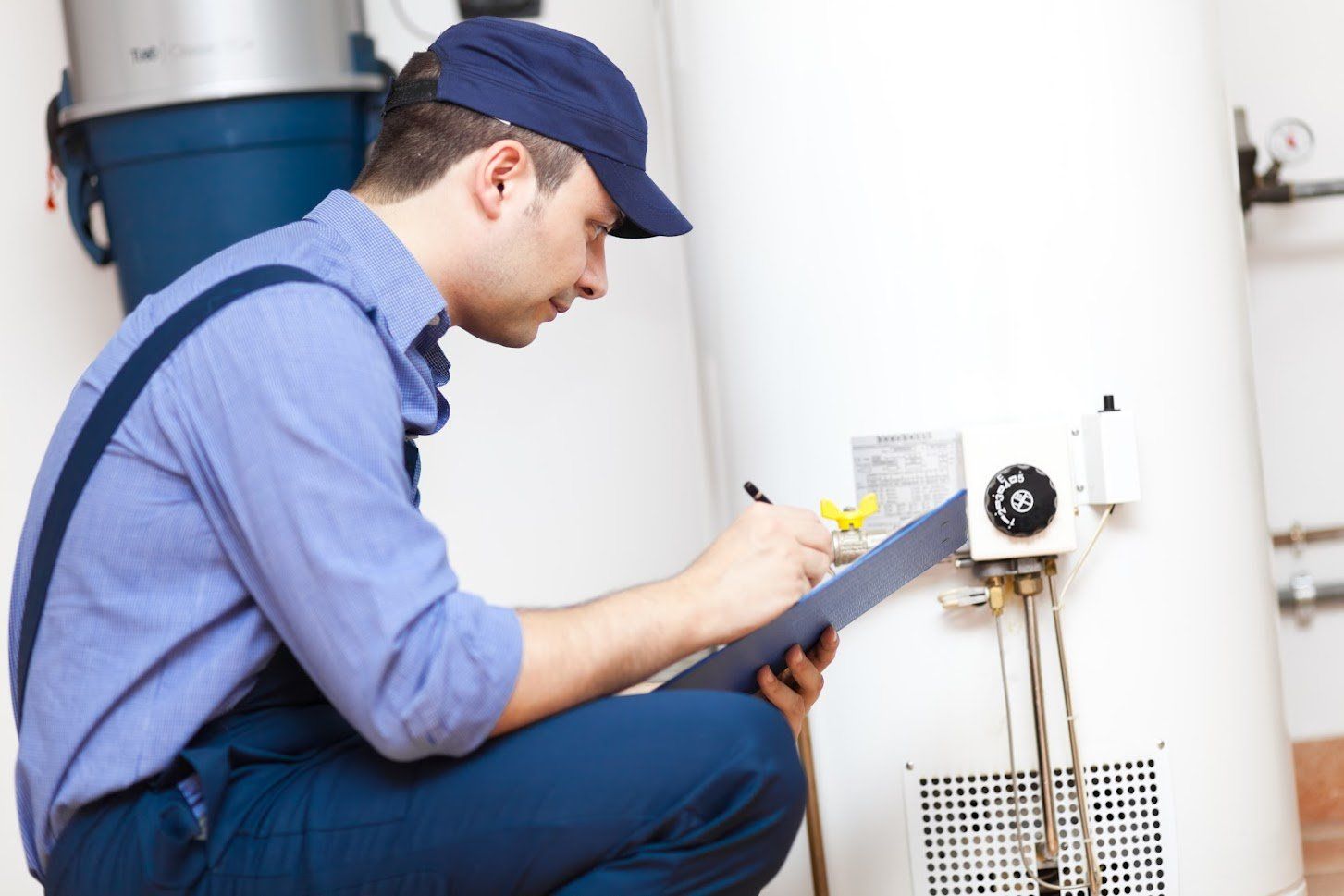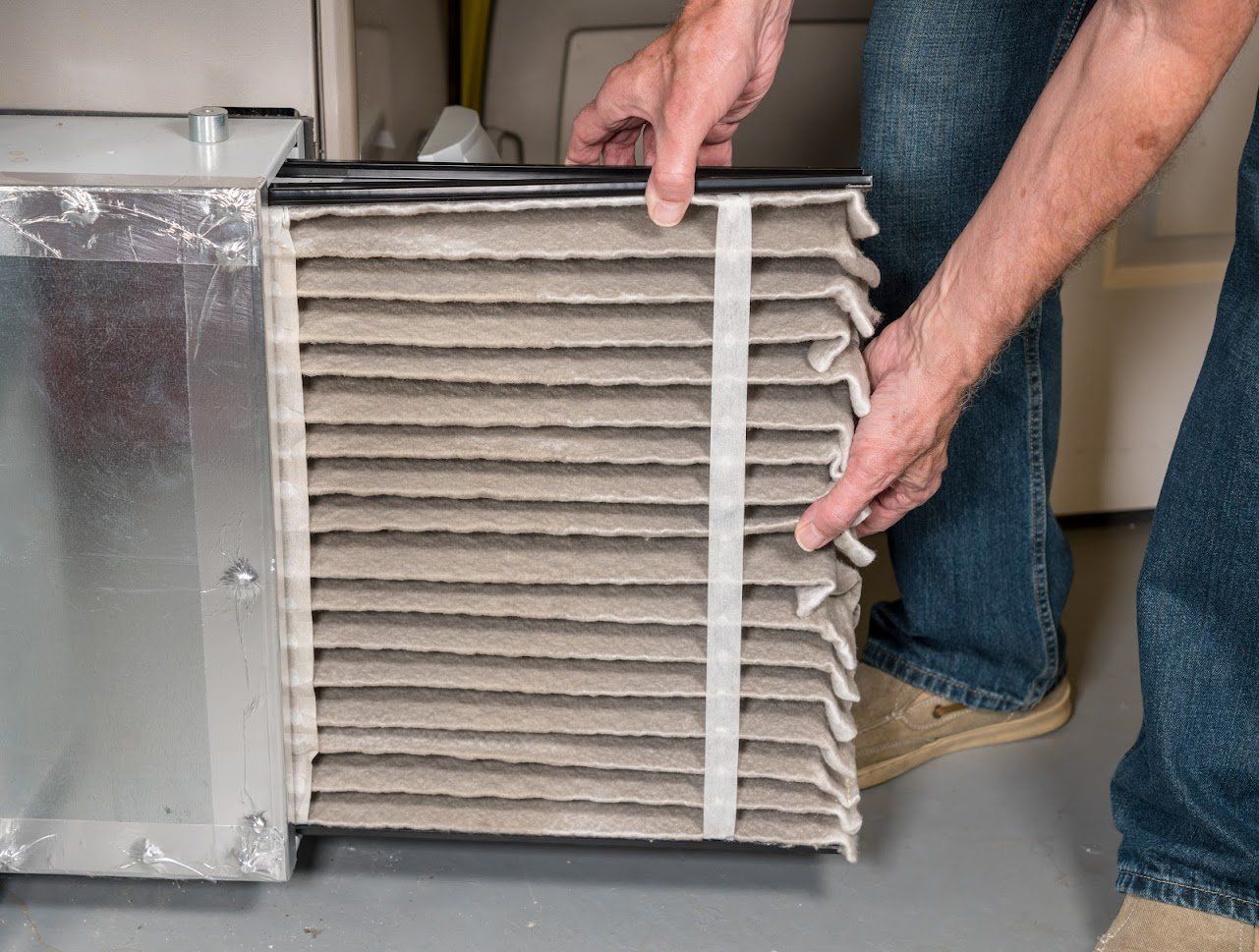An Overview of Gas Furnace Pressure Switches
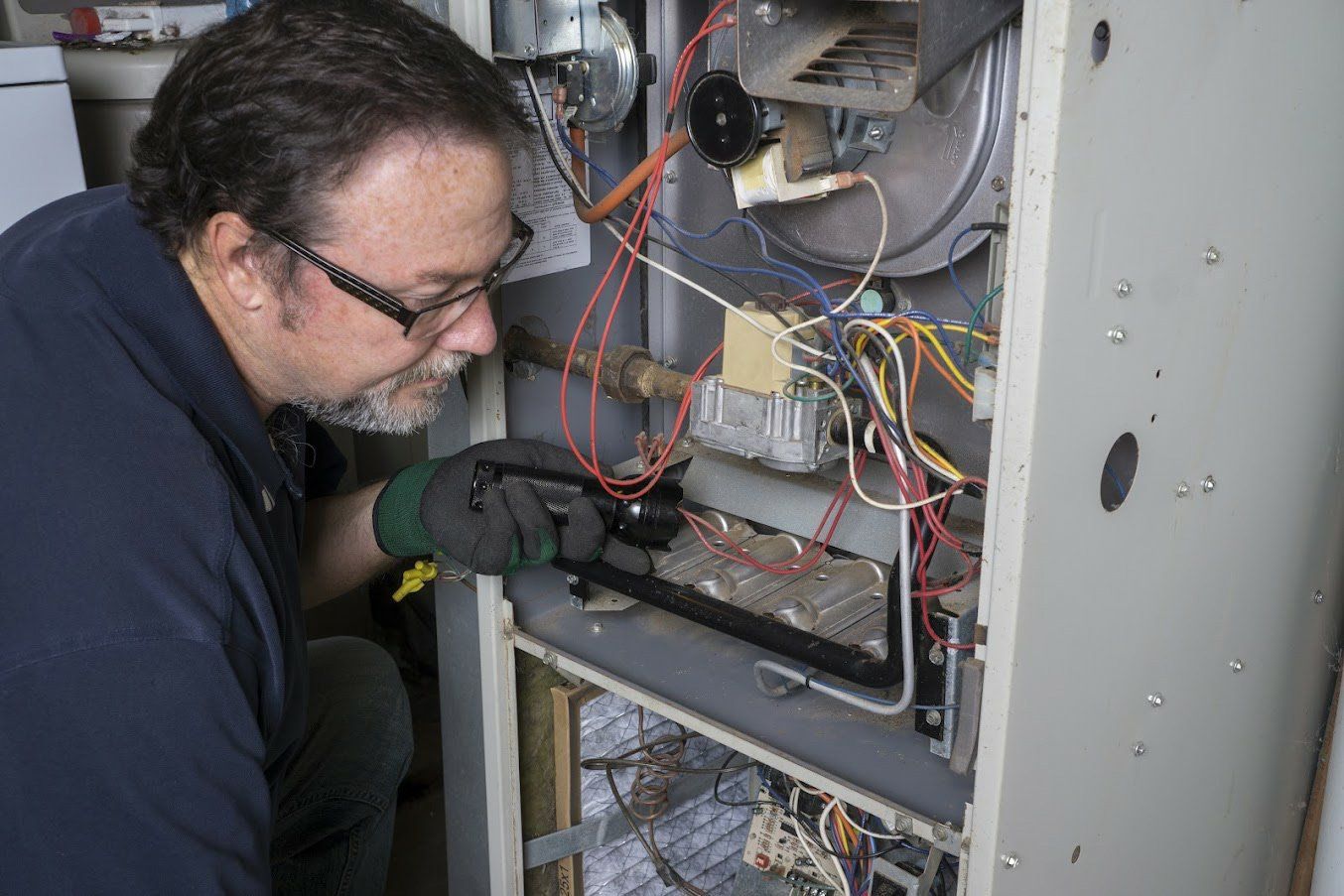
A gas furnace has multiple safety devices that you should know about. The safety devices ensure the furnace warms your home but doesn't endanger it. The pressure switch is one of these devices. Below is an overview of the functions and types of pressure switches and the problems that plague them.
Function
The furnace pressure switch is a safety device that shuts down the furnace if it senses dangerous conditions. Below are three conditions in which the pressure switch might shut down the furnace.
1. Negative Pressure
The right furnace pressure pushes exhaust gases out of the house; negative pressure allows the gases to flow back into the house. Such as situation might arise, for example, if the draft inducer has failed. The exhaust gases interfere with your indoor air quality and affect the furnace's performance. Thus, the pressure switch will shut down the furnace in case of negative pressure.
2. Gas Leak
A gas leak has these consequences:
- The leak increases the risk of a gas fire or explosion.
- The leak denies the furnace the fuel it needs to operate efficiently.
- The leaking gas can fill up your house and affect your health.
Thus, expect the pressure switch to shut down the furnace in case of a gas leak.
3. Mechanical Breakdown
Lastly, the furnace pressure switch can also shut down the furnace in case of a severe mechanical breakdown that threatens the furnace's operation and safety. Examples of mechanical damages include motor damage and heat exchanger crack.
Types
The furnace pressure switch comes in different types and setups. The type of furnace determines the number of pressure switches and their connections. Below are some common pressure switch setups.
Single-Stage Conventional Furnace
The conventional furnace has a single pressure switch with a single hose to the draft inducer. The setup measures the furnace draft pressure.
Single-Stage Condensing Furnace
The furnace has a single pressure switch with two hoses. One hose connects the pressure switch to the draft inducer, while the other connects it to the condensate collector box. The collector box hose helps the pressure switch to detect venting pressure.
Two-Stage Condensing Furnace
The furnace is likely to have two pressure switches because the furnace has two heat exchangers. Thus, the setup has one pressure switch per heat exchanger.
Causes of Failure
Since the pressure switch is a safety device, a dangerous situation arises if it fails. Below are some of the reasons a pressure switch might fail.
Electrical Problems
The pressure switch runs on electricity, specifically 24-volt electrical power. A voltage reading that deviates too much from that figure might cause the switch to malfunction. The switch won't read the correct pressure if it malfunctions.
Aging
The pressure switch deteriorates over time, just like other parts of the furnace. The switch might develop different age-related problems. For example, the switch has a pressure-sensitive diaphragm that might stiffen and give inaccurate readings.
Tears or Cracks
Physical damage to the diaphragm can also cause it to malfunction. For example, accidental tears in the diaphragm can interfere with its pressure-reading ability.
Dirt Buildup
The pressure switch should open and close freely. However, the switch can stick in an open position if it has too much dirt or dust. If that happens, the switch will behave as if the furnace pressure is too high, and the furnace will shut down every time it starts.
Contact
Comfort Technology Inc. if your furnace shuts down every time you start it. The problem might be the pressure switch or another part of the furnace. We will diagnose the issue and have your furnace running and heating your home once again.


